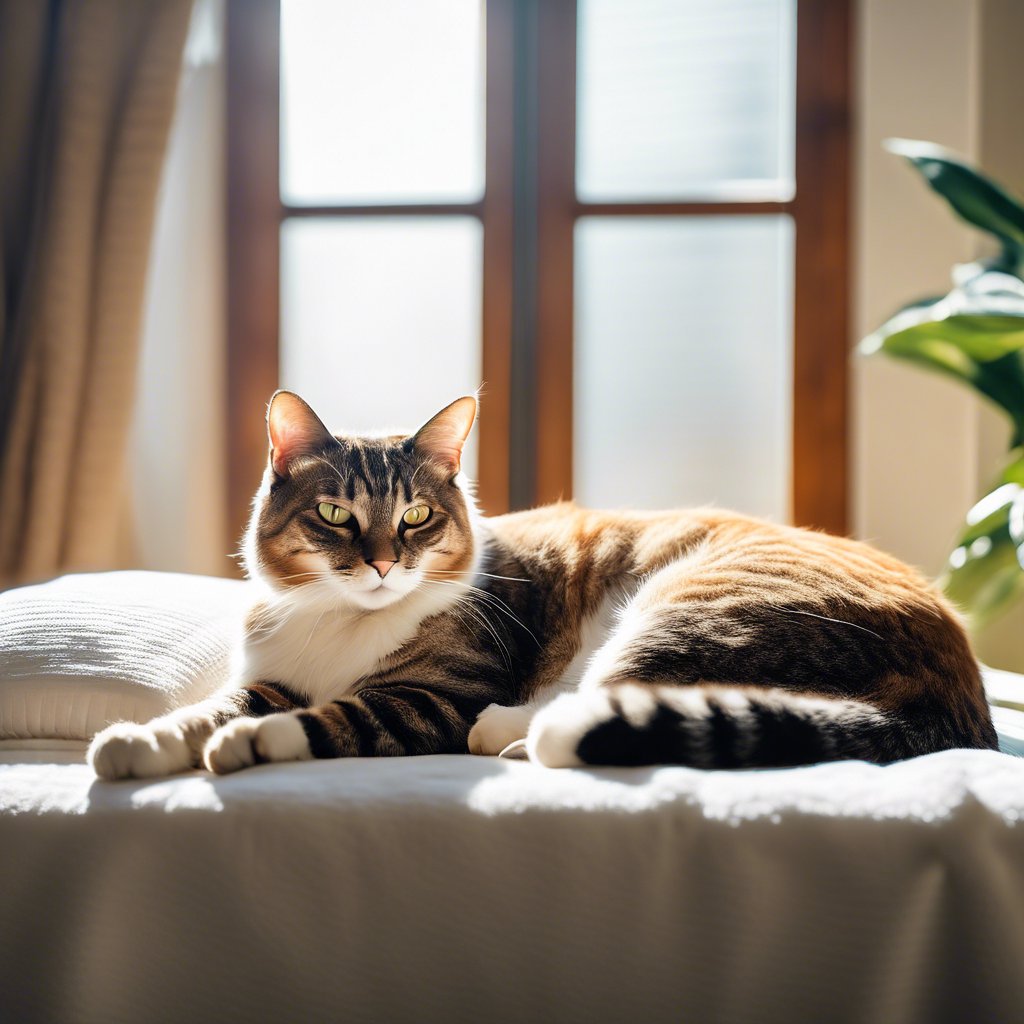Managing Arthritis in Cats
Arthritis is a common yet often overlooked condition that can affect our beloved feline companions. As cats age, the wear and tear on their joints can lead to discomfort and reduced mobility. However, with proper management, we can help our furry friends maintain a good quality of life. Understanding the signs and symptoms of arthritis is the first step in providing effective care.

Many cat owners may not realize that their pets are suffering from arthritis until symptoms become more pronounced. Look for subtle changes in behavior, such as decreased activity, difficulty jumping, or changes in grooming habits. Early detection and intervention can make a significant difference in the management of this condition.
When it comes to managing arthritis in cats, a multi-faceted approach can lead to the best outcomes. Each cat is unique, and what works for one may not work for another. Below are some effective strategies that can help ease discomfort and improve mobility:
- Weight Management: Maintaining a healthy weight is crucial. Extra pounds can put additional stress on already aching joints.
- Joint Supplements: Nutraceuticals such as glucosamine and omega-3 fatty acids can support joint health and reduce inflammation.
- Regular Vet Check-ups: Routine veterinary visits allow for monitoring of the condition and adjustments to the treatment plan as needed.
- Physical Therapy: Gentle exercises and hydrotherapy can enhance flexibility and strength.
- Comfortable Environment: Providing soft bedding and easy access to favorite spots can help reduce strain on joints.
Combining these strategies can create a comprehensive management plan that addresses both pain relief and overall joint health.
In addition to medical treatments, creating a supportive home environment can significantly impact a cat’s well-being when dealing with arthritis. Small adjustments in their living space can make a world of difference. Here are some tips to enhance their comfort:
- Elevated Food and Water Bowls: Keeping bowls at a comfortable height can reduce strain when eating and drinking.
- Easy Access to Litter Boxes: Use low-sided litter boxes to make it easier for your cat to enter and exit.
- Warmth and Comfort: Cats often seek warmth. Providing heated beds or blankets can soothe aching joints.
- Safe Play Areas: Designate safe spaces for gentle play to encourage activity without putting too much strain on their joints.
By implementing these changes, pet owners can create a nurturing environment that supports their cat’s physical and emotional health.
Share this content:



